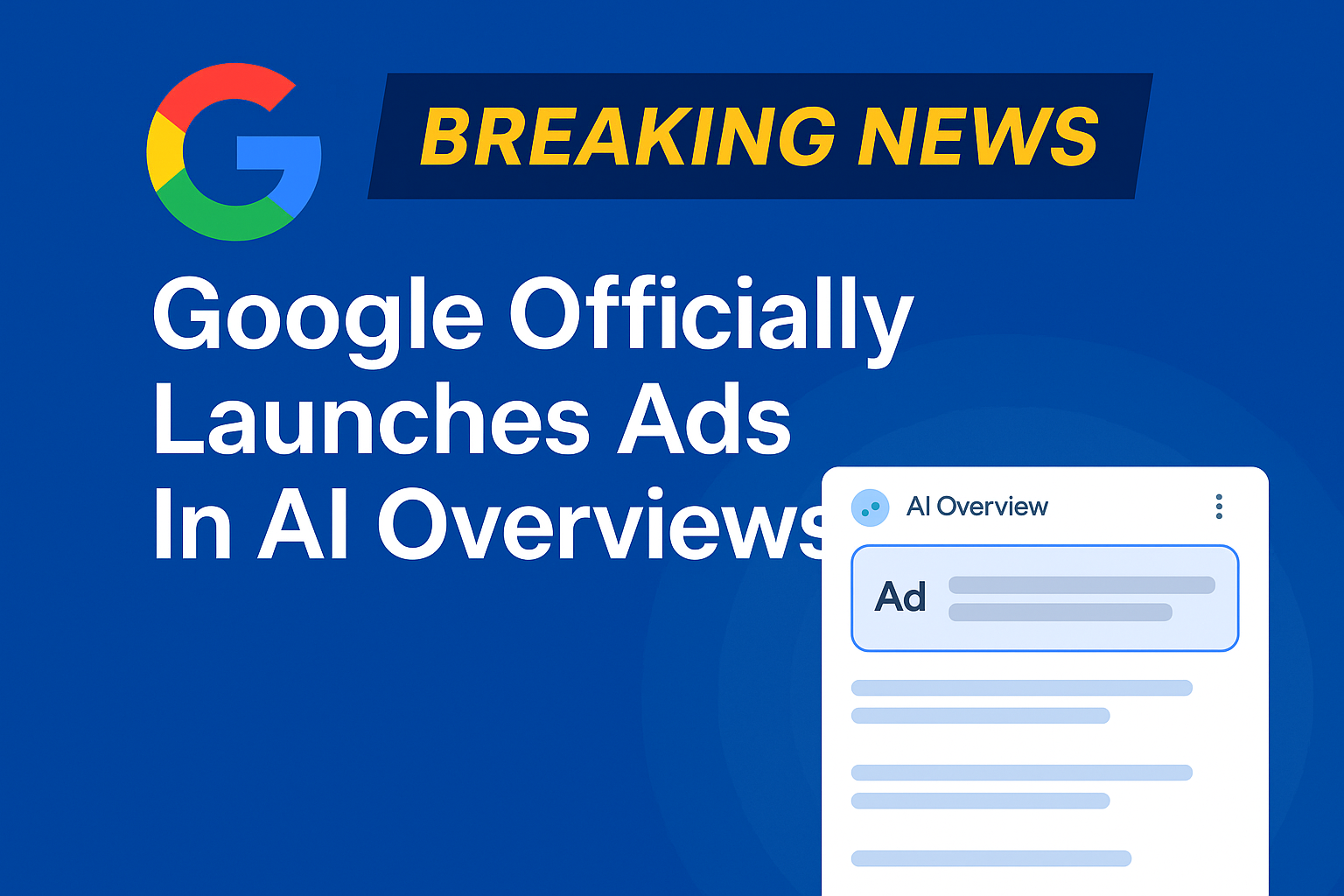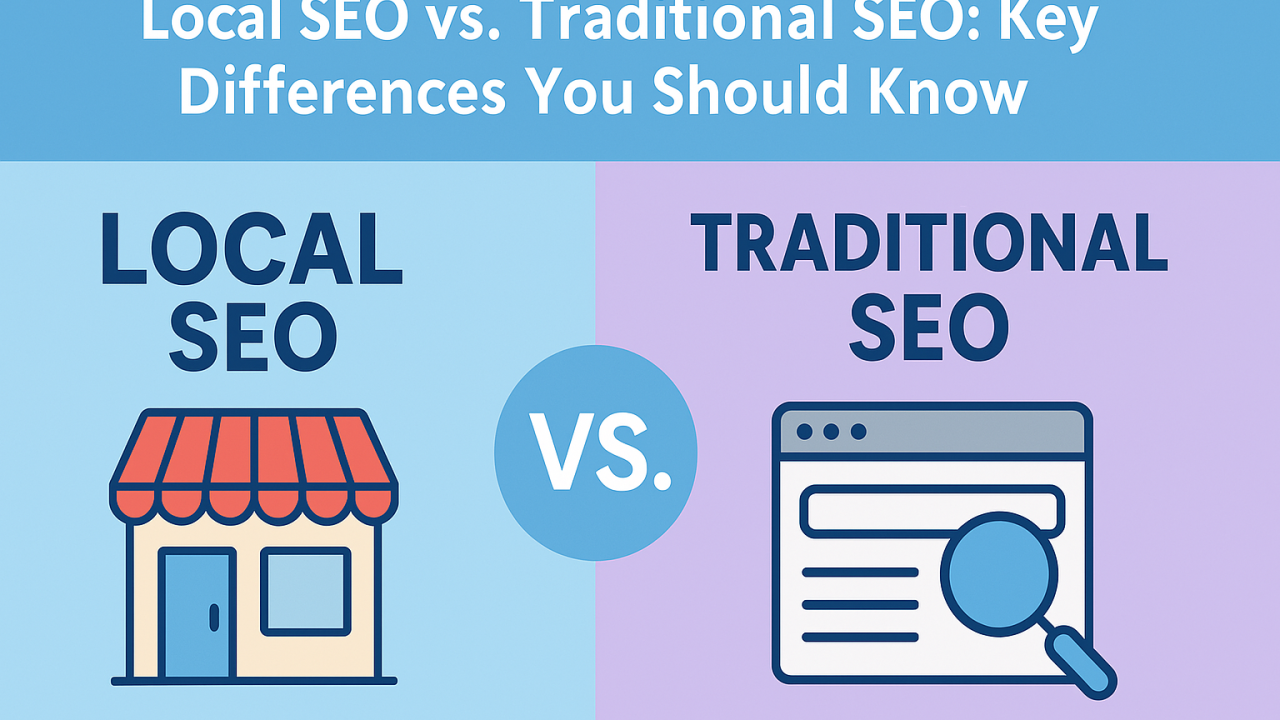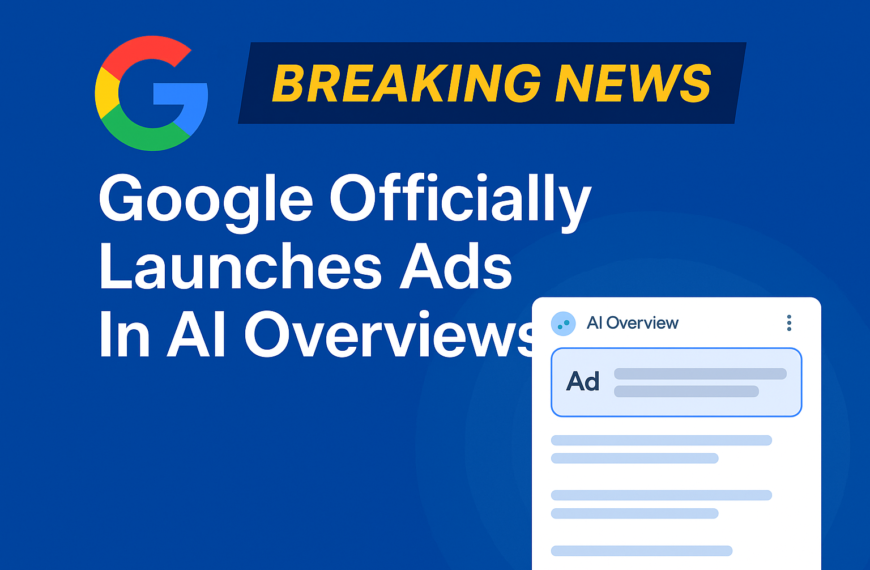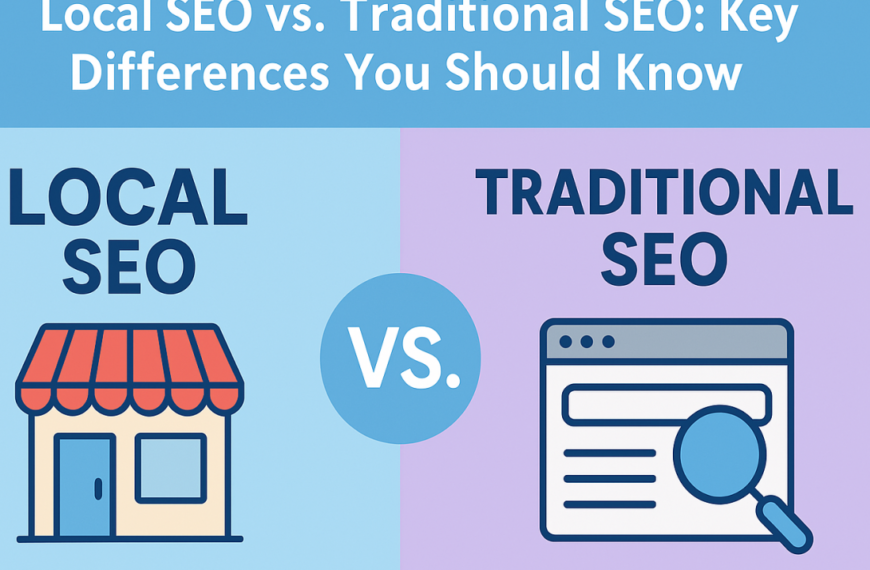Wondering what are meta tags? Let me paint you a picture: It’s 2 AM. You’re three cups of coffee deep, squinting at a WordPress editor, and whispering to yourself, “Does this H1 tag really matter?” Meanwhile, your cat is judging you from the doorway like, “Human, just go to bed.”
Been there? Yeah, me too.
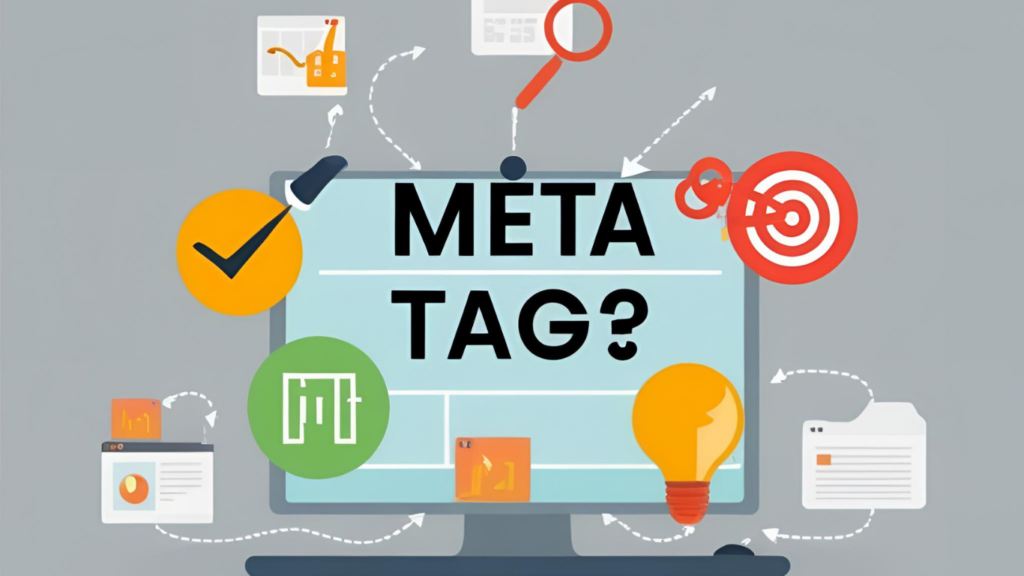
Here’s the thing—H1s, meta titles, and descriptions might seem like tiny details in the grand SEO scheme, but ignore them, and it’s like showing up to a job interview in pajamas. Technically, you’re there… but no one’s taking you seriously.
So let’s break down why these three elements are the holy trinity of on-page SEO (and how to nail them without overthinking it).
H1 Tags: Your Content’s First Impression (No Pressure, Right?)
Remember that time you Googled “best pizza near me” and clicked on a page titled “Italian Culinary Experiences: A Gastronomic Journey”? Yeah, neither does anyone else.
Your H1 is your content’s handshake—it needs to be firm, clear, and not weird. Here’s what most people get wrong:
- Mistake #1: Treating it like a creative writing exercise. “The Enigmatic Symphony of Digital Marketing Success” sounds fancy, but if your audience is searching “how to get more website traffic,” you’ve already lost them.
- Mistake #2: Stuffing it with keywords like a Thanksgiving turkey. “Best SEO Services Affordable Cheap Top-Rated 2025” isn’t just ugly—it’s a red flag to Google.
How to fix it:
- Keep it under 60 characters (or risk getting cut off in search results).
- Include your primary keyword naturally. Example: “How to Optimize H1 Tags for Better SEO” instead of “H1 Tags SEO Optimization Strategies Guide.”
- Make it scannable. If someone’s skimming, your H1 should tell them exactly what they’re getting.
Pro tip: If your H1 wouldn’t make sense shouted across a crowded bar, rewrite it.
Meta Titles: The Clickbait That Actually Delivers
Meta titles are like dating app bios—you’ve got seconds to convince someone you’re worth their time. And just like dating apps, generic = ignored.
Here’s where I messed up early in my career: I’d write meta titles like “SEO Tips for Beginners.” Groundbreaking stuff, right? (Spoiler: My click-through rate was tragic.)
What works instead:
- Spark curiosity – “SEO Tips Most Beginners Overlook (No. 3 Will Surprise You)”
- Add urgency or specificity – “2025 SEO Checklist: 5 Fixes You Can Do in 10 Minutes”
- Use power words – “Crush Your SEO Goals With These H1 Tag Hacks”
But—and this is critical—don’t promise what you can’t deliver. Nothing kills trust faster than a “Double Your Traffic Overnight!” title followed by “Step 1: Wait for a miracle.”
Meta Descriptions: Your Last Chance to Hook ‘Em
Think of meta descriptions as your search result’s elevator pitch. Google gives you ~160 characters to say, “Hey, this page is exactly what you’re looking for.”
My old approach? Treating them like an afterthought. “This page discusses SEO strategies.” Riveting. 🙄
How to make them irresistible:
- Include your keyword (bold it if you’re feeling fancy).
- Speak directly to the reader – “Struggling with low traffic? Here’s why your meta tags might be to blame.”
- Add a CTA – “Learn how to fix it in 5 minutes—no tech skills needed.”
Fun fact: Even though meta descriptions aren’t a direct ranking factor, a great one can boost your CTR, which does impact rankings. So yeah, they’re kind of a big deal.
The Golden Rule: Optimize for Humans First
Here’s the kicker: Google’s algorithms are scary good at detecting when you’re writing for bots vs. real people. So while these elements need SEO love, they also need to:
- Sound natural (read them aloud—if you cringe, tweak them).
- Match the content’s intent (no bait-and-switch!).
- Stand out in a sea of generic search results.
TL;DR
- H1s = Clarity + keyword. No poetry, no stuffing.
- Meta titles = Click-worthy but honest. Think “best movie trailer,” not “spammy ad.”
- Meta descriptions = Persuasive previews. Answer “Why should I click this?”
And if you take away one thing? Stop overcomplicating it. Write like you’re explaining it to a friend, and the SEO will follow.
Now go fix those meta tags—your future self (and your cat) will thank you.
Google Officially Launches Ads in AI Overviews: What It Means for the Future of Search and Your Brand
Google Officially Launches Ads in AI Overviews: A Game-Changer for…
Local SEO vs. Traditional SEO: What’s the Difference and Why It’s Important
Local SEO vs. Traditional SEO: Unlocking the Right Strategy to…
10 Powerful Google Business Profile SEO Tricks to Rank Higher on Maps
Outrank the Competition: 10 Powerful Google Business Profile SEO Tricks…
What’s under the hood matters more than ever for SEO success
Beyond the Surface: What’s under the hood matters more than…
How to Align Your SEO Strategy with AI-Driven Discovery
Mastering the Future: How to Align Your SEO Strategy with…
How to Repurpose Your Coaching Methodology for LinkedIn Growth
Turn Your Coaching Framework Into High-Impact LinkedIn Content That Builds…

